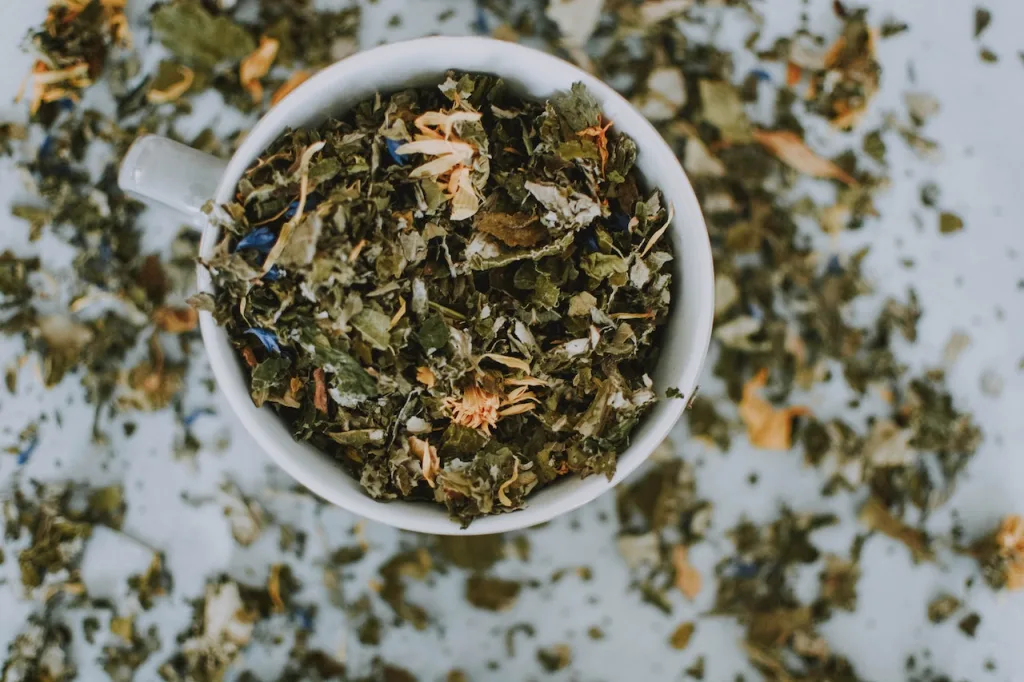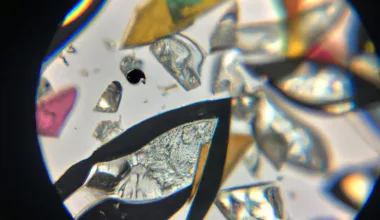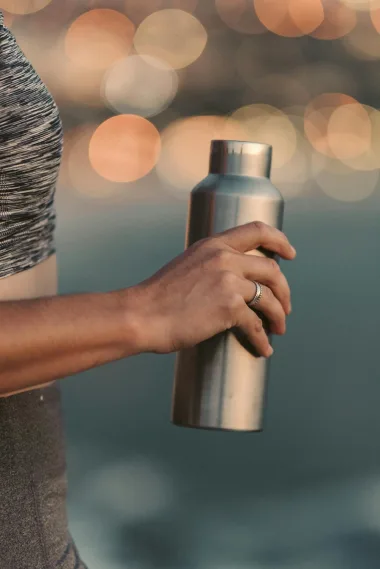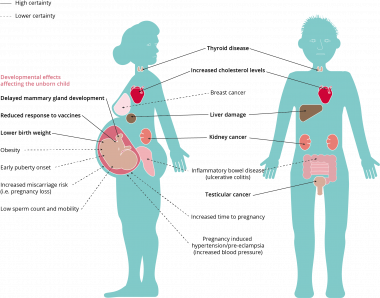Last Updated on May 14, 2024 by Ecologica Life
Now that you’ve seen how many microplastics are everywhere, you may be wondering how can I avoid microplastics? We’ve compiled a list of tips to help you avoid microplastics in your daily life:
1. Don’t microwave plastic food
While it may be tempting to microwave leftovers directly in the plastic container, heating causes the BPA and phthalates added to the plastic to leach out more easily. This includes plastic take-out tupperware containers, lids and frozen prepared meals
Instead, put food in a glass or ceramic container, or keep a few dishes around for mealtime. Keep in mind that washing plastic containers in the dishwasher deteriorates the plastic due to the hot water
2. Drink filtered tap water
Tap water contains slightly less microplastics than bottled water, although the difference depends largely on where you are in the world. It has been claimed that carbon block, distillation filters and reverse osmosis filters filter out most, if not all, of the microplastics in tap water. Do your research before you buy one
3. Don’t buy cups to go

Many of us enjoy a good coffee in the morning. You might think that since your takeout cup is made of paper, it’s okay. However, these paper cups are laminated on the inside with a hydrophobic film made primarily of plastic (polyethylene and sometimes copolymers). Although these plastics are considered “safe,” they have been shown to release microplastics when exposed to hot liquids.
Invest in a reusable stainless steel or glass coffee mug for use at your favorite coffee establishment. Bringing your own mug helps reduce waste, and many coffee shops offer customers a discount for bringing their own mug
4. Wash clothes in a cooler, less aggressive cycle
Nylon, polyester, acrylic and other synthetic fibers now make up a large proportion of all clothing material. Their popularity is due to their versatility, affordability and durability, which provide protection in cold weather garments and breathability in sportswear. However, each garment created from these materials emits hundreds of thousands of microplastics per wash
Several methods to reduce microfiber contamination are: installing a filter that traps the fibers or using laundry balls
If you are not in a position to invest at this time, washing your clothes on a cooler, less aggressive cycle will help reduce the amount of microfibers shed, this is also better for your clothes, as they will last longer, while being cheaper and more environmentally friendly
If it is an option for you, air drying your clothes will also reduce microfiber production
5. Use plastic-free cosmetics and self-care products
Even the products we use to brush our teeth and bathe contain microplastics. Like many toothpastes and body or facial scrubs, some lotions use plastic to facilitate their absorption. In 2015, the use of microbeads – clear plastic particles often used for exfoliating – was banned in rinse-off cosmetics
However, companies have devised ways to circumvent the legality. Check the ingredient list of products to make sure they do not contain plastic. Watch out for phrases interchangeable with plastic, such as “acrylate copolymer,” among others. Instead, choose natural products with plastic-free and microbead-free options, or plastic-free items that can biodegrade. The microbead search tool can help in this regard.
6. Replace tea bags with loose leaf tea
According to a 2019 study, plastic tea bags release billions of microparticles and nanoparticles into the tea. A typical plastic tea bag can release 11.6 billion microplastics and 3.1 billion nanoplastics in a single brew. Many tea bags marketed as paper are glued with polypropylene, a type of plastic
Consider using bulk tea inside reusable, refillable linen tea bags instead of commercial tea bags. You can even brew your own homemade tea at home

7. Dust, sweep and clean your house regularly
As mentioned above, not only do we consume microplastics through food and drink, but they can also be present in the air
Because these tiny bits of plastic are so small, they often get mixed in with the dust under the bed, in the corners of the house and in the air. Reduce the levels of these microplastics in the air by routinely dusting, sweeping and cleaning your home
8. Take action
All of these tips are helpful in reducing personal exposure to microplastics. But in the end, to really make a difference and stop plastic pollution for generations to come, we need to take political action now. Sign petitions, organize protests and lobby your local legislators. Microplastic pollution is fairly well known and many people still don’t understand the full extent of the situation. Spread the word so that others can make informed decisions as well








